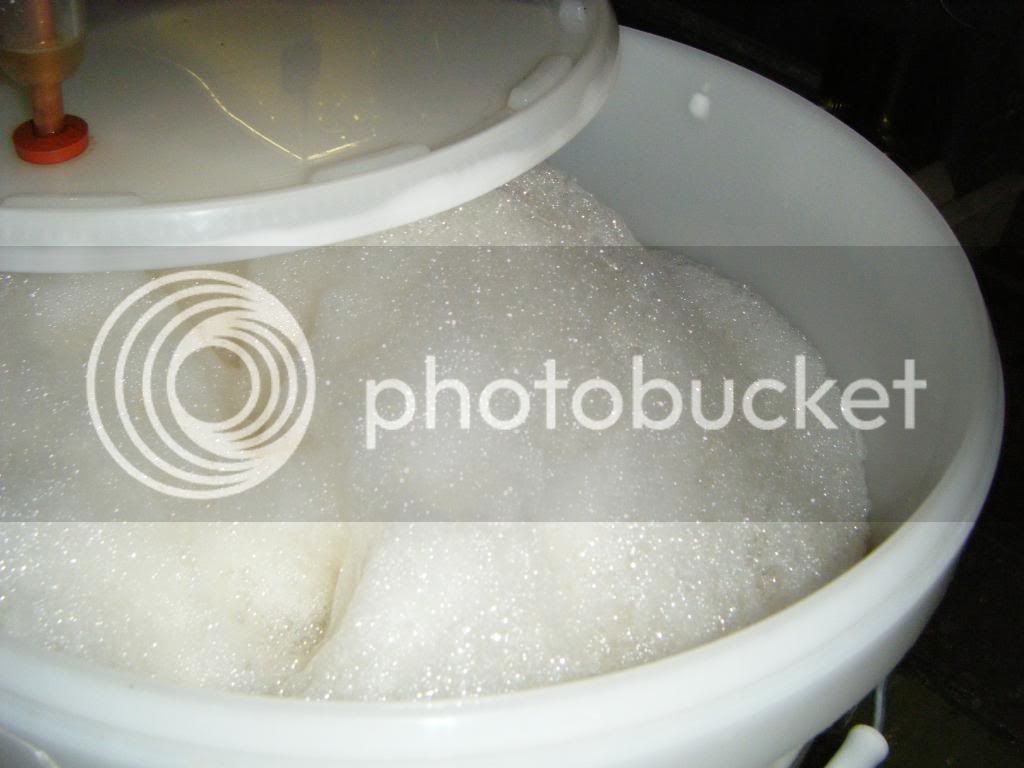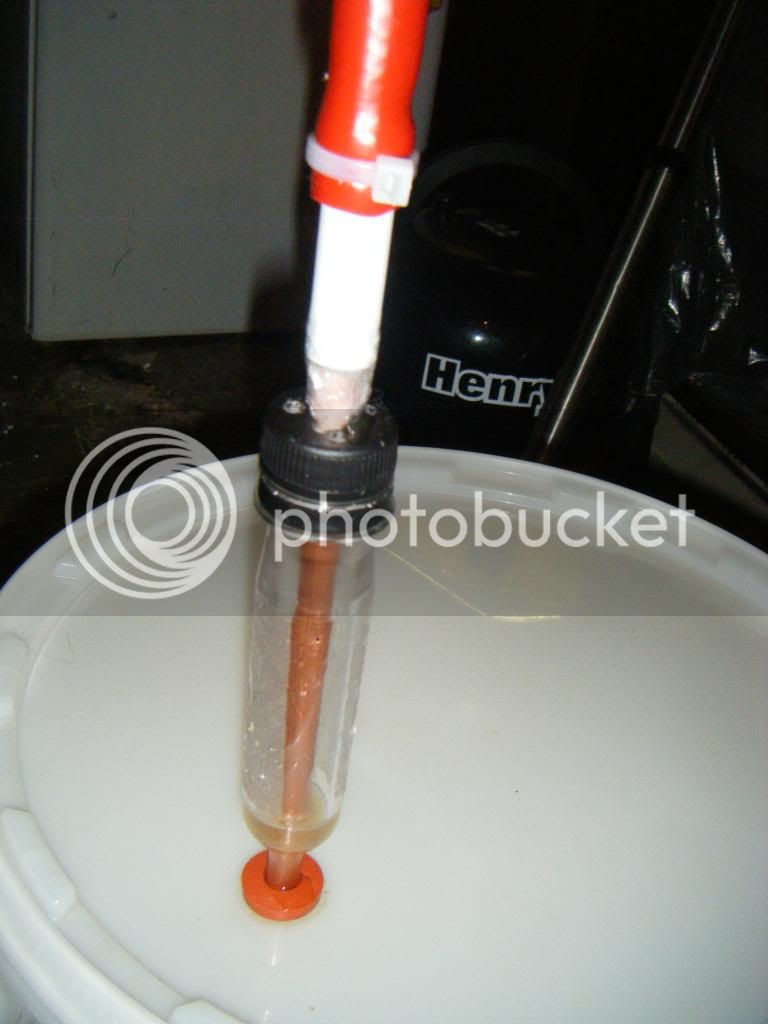Mork
Active Member
- Joined
- Mar 5, 2012
- Messages
- 38
- Reaction score
- 1
Nip down to your local aquarium supplies shop and buy the cheapest pump you can find (mine was under £10). Remember it's not going to be left switched on for days and days on end like it would be in a fish tank, so this small investment will last for years.
At the same time buy a length of tube to fit the air outlet on the pump. The length is up to you, but it's so inexpensive that you might want to buy 3-4 metres. The pump and the tube shouldn't come to more than about £10.
When you get home find a metal paper clip and unfold it so you have a short length of wire. Holding it with some pliers, eat the other end of the wire over a flame (gas hob or similar), then when it starts to glow a little burn small holes in the last 8-10 inches of one end of the tube, spaced about ½-inch apart. You don't need to go all the way through the tube, just one side will do.
When it's time to aerate the wort, sterilise the tube and a stainless steel knife in some solution. Rinse thoroughly with cold water, then tie the last couple of inches or so of the perforated end of the tube around the middle of the knife, which acts as a weight to keep the tube at the bottom of the bin. Connect the other end of the tube to the air-pump and switch on. I recommend leaving it bubbling away for about 5 hours. It's up to you whether you pitch the starter culture during the aeration or immediately after, but I've noticed it seems to be better to pitch at the same time as the pump is switched on.
Sometimes you might get foam creeping over the top of the bin, so paper kitchen towel or a sterile teacloth can be positioned to soak up any dribbles (being careful not to get the towel inside the bin).
The beauty of this method is that that tube can be used again and again just as long as you sterilise it. That little financial investment will pay dividends for many years to come.
At the same time buy a length of tube to fit the air outlet on the pump. The length is up to you, but it's so inexpensive that you might want to buy 3-4 metres. The pump and the tube shouldn't come to more than about £10.
When you get home find a metal paper clip and unfold it so you have a short length of wire. Holding it with some pliers, eat the other end of the wire over a flame (gas hob or similar), then when it starts to glow a little burn small holes in the last 8-10 inches of one end of the tube, spaced about ½-inch apart. You don't need to go all the way through the tube, just one side will do.
When it's time to aerate the wort, sterilise the tube and a stainless steel knife in some solution. Rinse thoroughly with cold water, then tie the last couple of inches or so of the perforated end of the tube around the middle of the knife, which acts as a weight to keep the tube at the bottom of the bin. Connect the other end of the tube to the air-pump and switch on. I recommend leaving it bubbling away for about 5 hours. It's up to you whether you pitch the starter culture during the aeration or immediately after, but I've noticed it seems to be better to pitch at the same time as the pump is switched on.
Sometimes you might get foam creeping over the top of the bin, so paper kitchen towel or a sterile teacloth can be positioned to soak up any dribbles (being careful not to get the towel inside the bin).
The beauty of this method is that that tube can be used again and again just as long as you sterilise it. That little financial investment will pay dividends for many years to come.






